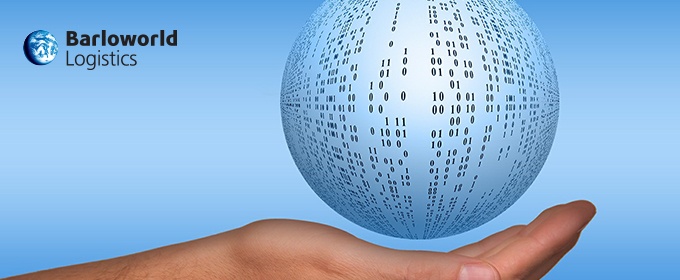
The latest hot topic within the supply chain lexicon is Control Towers. The name itself evokes images of air traffic controllers keeping a sharp eye over air traffic, and indeed the concept is very similar. Croydon Airport was the first to introduce an Air Traffic Control Tower in the 1920’s so that it had a literal birds-eye view of flights so that the airport could better support pilots and ground crew and mitigate the risk of accidents. The concept quickly caught on and evolved to the highly technical discipline we know today.
Potential for Supply Chain
In much the same way, supply chain control towers offer a consolidated view of the entire chain. They provide insight and alerts into events occurring throughout the chain. The model has further evolved into intelligent hubs that not only provide in-depth visibility but also collate, analyse and utilise data to make informed predictive, and indeed prescriptive, decisions right from the point of order through to delivery to end consumer, and even beyond.
By definition a supply chain control tower is a tool, either digital or physical or a combination of both, that provides visibility across the entire supply chain both holistically and granularly. With the rise of supply chain networks, encompassing multi-party entities both up and downstream that are highly responsive to consumer demand, control towers are advancing beyond simple decision supporting visibility into autonomous control and decision making thanks to advancing artificial intelligence.
The benefits it offers
While control towers increasingly rely on technology to provide more sophisticated solutions, purely analytical towers typically only leverage planning and other data into a consolidated view often lacking the operational ability to action insights quickly. A true control tower should be a combination of both operational and data-driven capabilities, thereby marrying supply chain visibility and analytics with the ability to do something in real-time from an operational perspective.
What does it look like?
A supply chain can, from a high-level, be broken down into four main sections namely, purchase order, manufacture, distribution and transportation and future-focused control towers aim to provide visibility over all four from a centralised hub. From an operational point-of-view, a control tower provides visibility across all four steps, allowing for exception management to a very granular level. Dynamic inventory sourcing across multiple suppliers allows for the optimisation of transportation as well as internal capacity planning and SLA monitoring. Analytic capabilities provide the so-called “on-time, in-full” reporting capabilities, as well as a holistic view of the total-cost-to-serve, by accurately consolidating transport, supplier, activity and other costs on an individual SKU basis.
The functionality provided by control tower models within a supply chain are impressive and can orchestrate entire supply networks to run more efficiently, providing benefit for all partners within the chain. The challenge lies in the mindset shift required by supply chain professionals to one of letting go of control to gain advantage.
Read more about why outsourcing to a 4PL adds value
There needs to be a realisation that a fulfilment partner, who owns and manages the entire chain on behalf of a client is the first step in building a successful control tower, followed by the almost counter intuitive understanding that by releasing day-to-day control to such a model, more control is in fact gained. The implementation of a control tower model is by no means easy, but once done correctly, unlocks immense value. By identifying a partner to implement such a hub and then allowing such to manage all the necessary steps (and exceptions) in real-time, the benefit for all within the value chain network will result in a competitive advantage in an increasingly complex supply chain environment, and indeed, global marketplace.
Click the below button to download our latest supplychainforesight report, which looks at technology trends in supply chains



